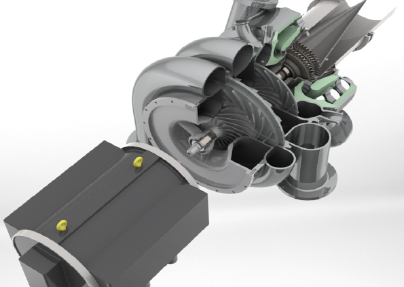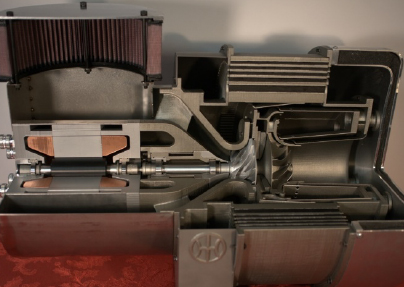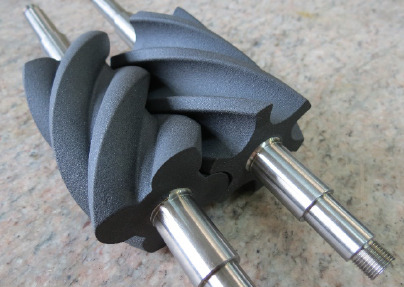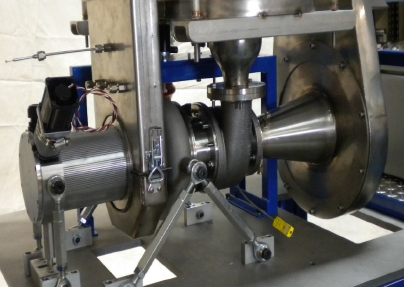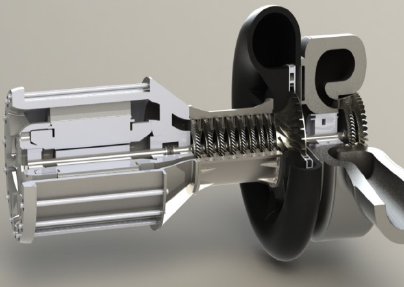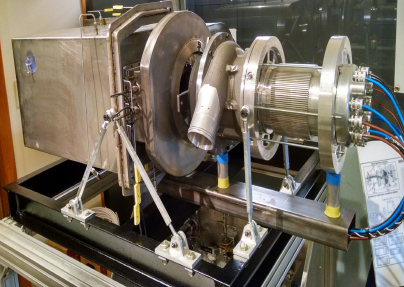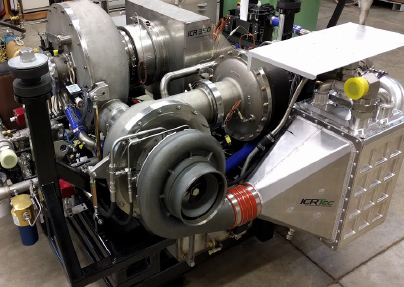Gas Turbines
Brayton combines rigorous thermodynamic modeling with advancements in heat transfer, aerodynamics, and combustion sciences. The foundation of optimal gas turbine design starts with comprehensive cycle and system analysis. Brayton has developed internal codes to perform the integrated cycle analysis for the computational modules listed below.
Technical Expertise
- Design point simulations
- Simple gas turbine cycles
- Intercooled recuperated and reheat cycles
- Part-load performance simulation
- Incorporating physical compressor and turbine maps
- Parametric representation of the recuperator and intercooler
- Combustion stability and CO emission over the operating envelope
- NOx emissions over the gas turbine operating envelope
- Turbine and compressor sizing and parametric performance analysis
- Static and rotating ceramic hot sections
- Axial, radial & screw machinery
- Combined heat/ power (CHP) systems
- Hi-temp ceramics & blade cooling
Approach
Rigorous Design of Aerodynamic components:
Tools + Experience + Facilities
GAS TURBINE Test Facilities
Turbine and Compressor Test Rigs
Brayton’s test facilities include five combustion gas stands dedicated to the characterization of turbomachinery and gas turbine combustors. The test cells are equipped with precision instrumentation, including highly specialized pressure traversing instruments and cobra probes, thermocouples, mass flow meters, and calibration equipment. Brayton maintains a host of data acquisition equipment, as well as borascope, thermal imaging system, and emission test equipment.
Aerodynamic Testing:
- Traversing 2-axis remote control cobra probe (large and micro-scale) for components <50 mm
- TC raking and traversing
- Calibration: NBS traceable flow, pressure and temp
- Custom instrumentation for controls and data acquisition
- Model validation
- Endurance testing
In-house Ceramic DevelopmentAdvanced ceramics for gas turbines
Brayton Energy has been pushing firing temperatures in hot turbine sections incorporating both static and rotating ceramic hardware developed from a variety of manufacturing methods such as isostatic pressing, slip casts and ultra precision CNC grinding to achieve tolerances.
Brayton’s expertise focuses on extremely low thermal expanding and conductive ceramics with superior strengths and machinability.
Ceramic-to-metal joint qualifications. Brayton has several development engines requiring a shrink fit or brazed joint between the ceramic turbine and a metallic shaft. In these applications metallic shafts on rotating hardware are required for bearing seats.
Screw Compressor and Expander Development
- Design, prototype manufacturing and testing
- Advanced high temperature ceramic screw expander. (up to 1200°C)
- Non contacting, non-wear parts for exceptionally long life.
- Compressible coatings to close shroud clearances, increasing efficiency.
- Partnerships with profile grinding industry experts providing custom coated tooling and fixtures.
- In-house diagnostics and performance characterization of design.


































